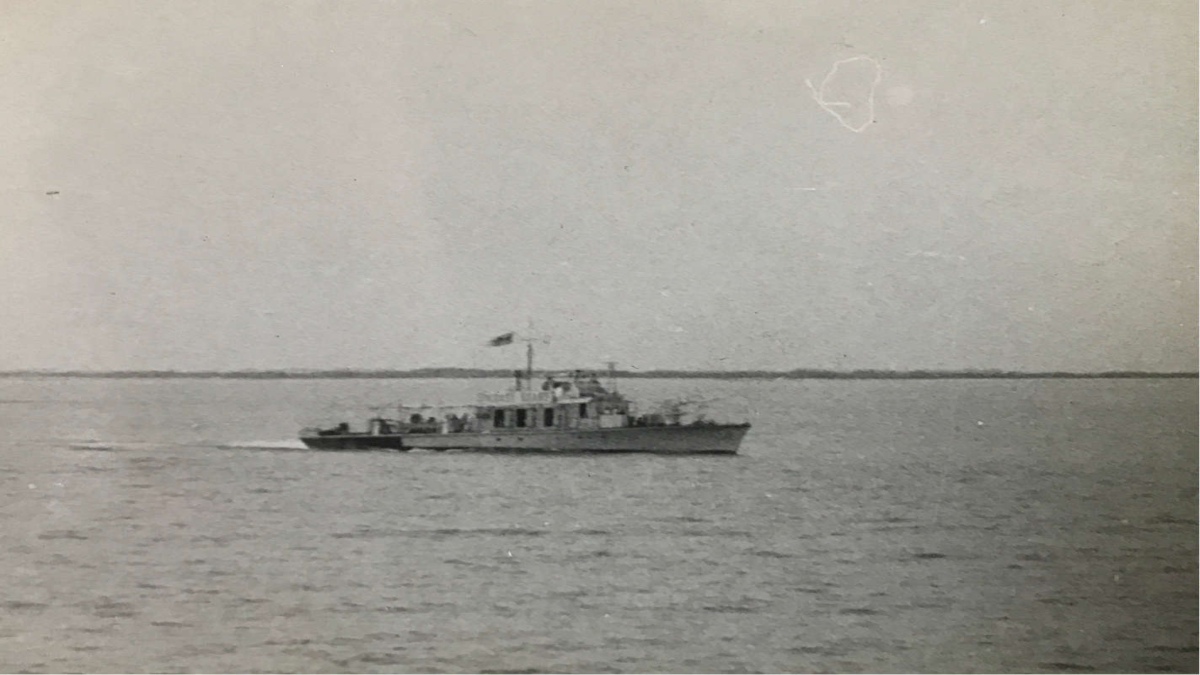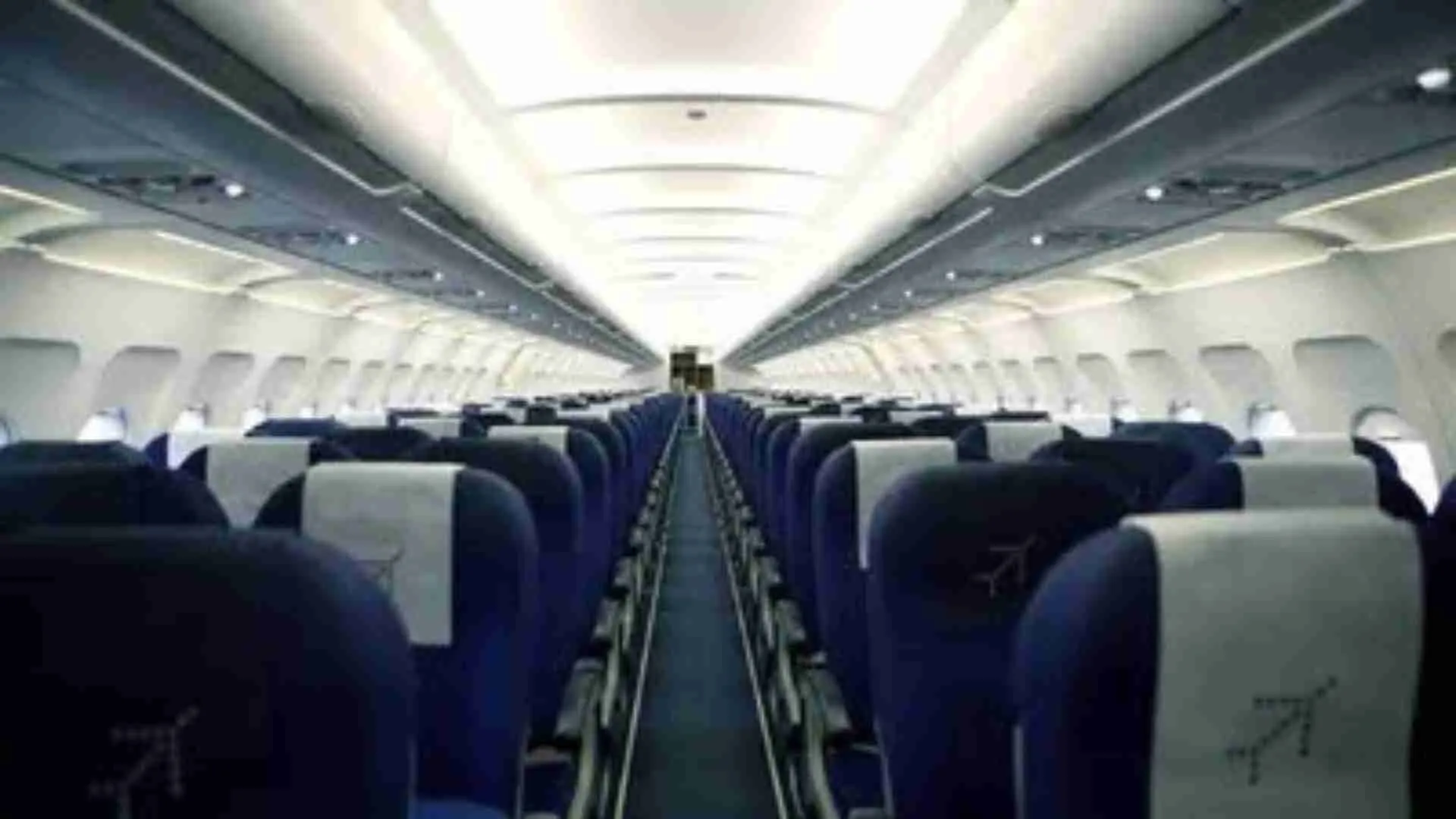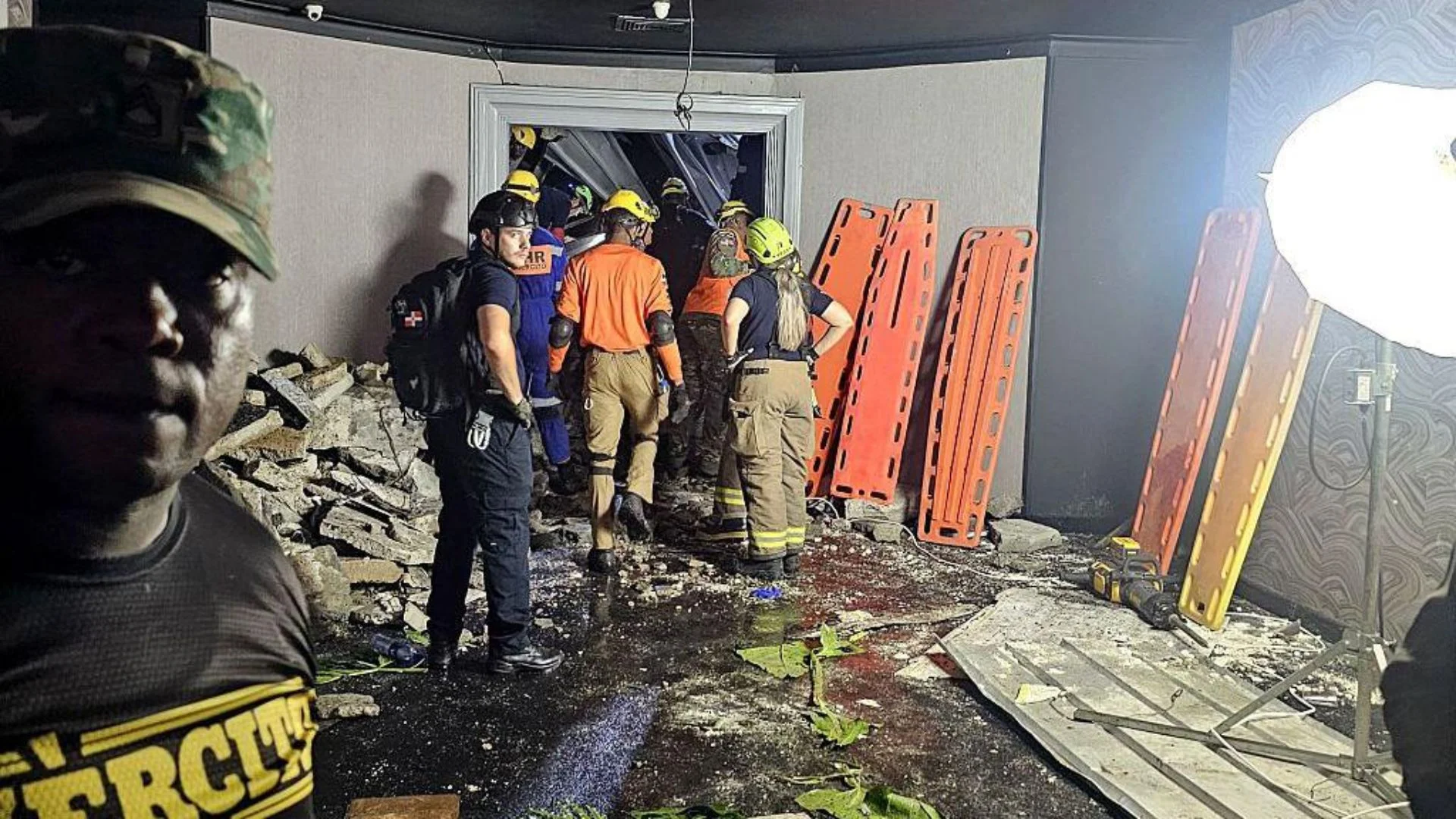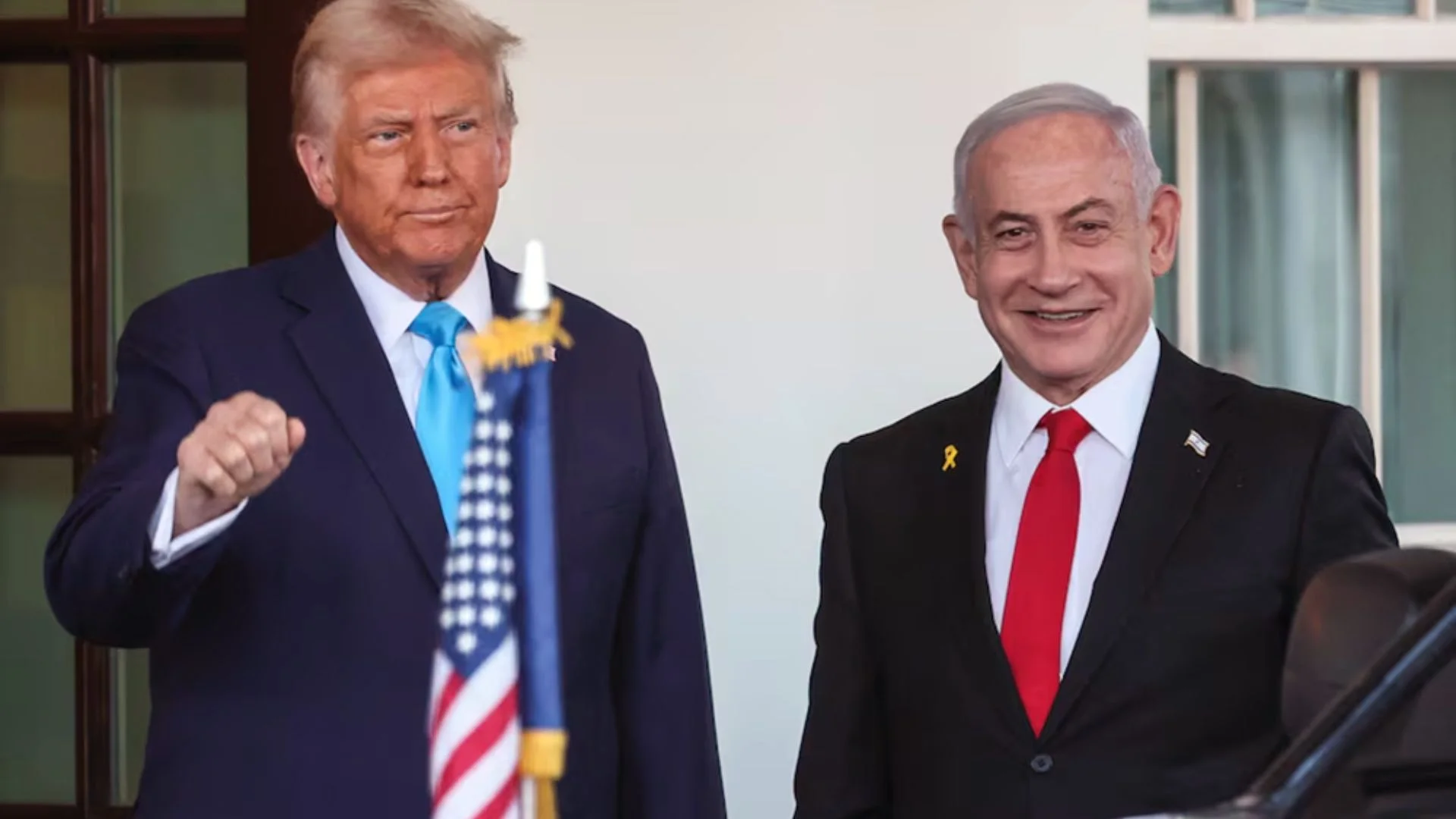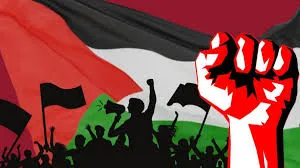The India-Pakistan war of 1971 ended on 16 December with the surrender of over 90,000 troops of the Pakistan Military at Dhaka, the largest surrender after the Second World War. This war, for the liberation of Bangladesh, was special in many ways. While the political and diplomatic apparatus worked in tandem towards a common terminal objective, our armed forces fought with great cohesion to achieve a decisive military victory. This war was even more crucial for the Indian Navy, as it was for the first time, since Independence, that the Indian Navy was deployed for large-scale combat in an offensive role. There were innumerable acts of courage and audacity displayed by all the three services and they are rightfully celebrated. The Navy’s catalogue of glory included several feats, many of which are remembered 50 years later—be it the attack on Karachi, the sinking of Ghazi, the achievements of Vikrant’s air wing in the Bay of Bengal or the poignant loss of Khukri. However, one of the lesser known facets of the war is the sterling achievements of a small unit called the Force Alpha and its ‘flagship’ INS Panvel.
‘Force Alpha’ was a strange makeshift arrangement, a maritime task force comprising two gunboats of the ‘flower class’, Padma and Palash, loaned from the West Bengal government, Chitrangada, a watercraft of the Border Security Force (BSF) and INS Panvel, a seaward defence boat, as its command ship. Commander Mohan Narayan Rao (MNR) Samant, an outstanding submariner (the description by Lt Gen JFR Jacob, the Chief of Staff of Army’s Eastern Command) who had earlier commanded a frontline submarine, was the Senior Officer of this force. Padma and Palash were retrofitted with L-60 Bofors guns, machine guns on their bridges and had their decks reinforced. They were manned mostly by Mukti Bahini men. Chitrangada was fitted only with machine guns.
 Line drawing of Poluchat Class.
Line drawing of Poluchat Class. INS Panvel.
INS Panvel.




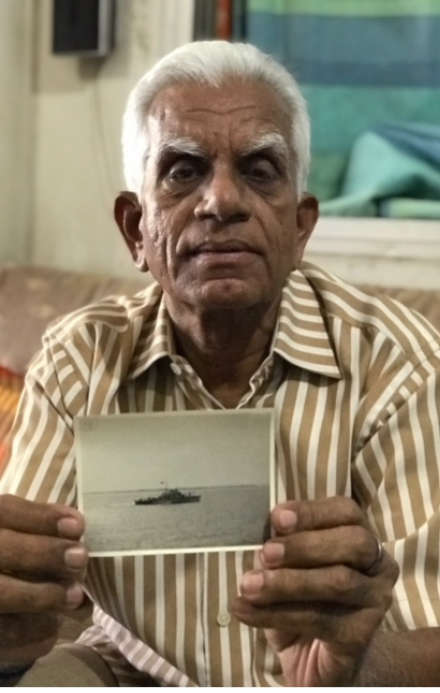
Panvel, owing to her two 40 mm Bofors guns, seemed comparatively more ‘powerful’. However, Panvel was a very small ship of the Poluchat class, one of our smallest acquisitions from the erstwhile USSR. It weighed 90 tons and was merely 29 metres long. It had a single toilet, shower and kitchen shared among all personnel. From a small complement of 16, its crew grew to 30 when the Bofors guns were fitted. A latter day analyst may describe this as laughably Lilliputian, but to Lt Cdr Joseph Pius Alfred (JPA) Noronha, the Commanding Officer, this was no less than a Cruiser Command. In addition, the force carried limpet mines, explosives, small arms and other equipment necessary to undertake underwater sabotage, scuttling and boarding operations.
The task assigned to Force Alpha was to undertake a maritime attack on the port complex of Chalna and Mongla, thereby, achieving an offensive on the adversary from the sea and to dislocate its forces, as also to cripple the war waging potential which was being sustained through shipping at these crucial river harbours. Interestingly, the task force was operating directly under the orders of the Eastern Army Command at Kolkata and not the Eastern Naval Command.
In the book Transition to Triumph, Cdr (later Captain) MN Samant is quoted as saying, “After the war was declared, Lt General Arora and Major General Jacob ordered me to organize a maritime attack on Chalna and Mongla. This was because the Indian Army’s 41 Brigade was directly locked in combat with its Pakistani counterpart to take over the Chalna and Khulna area, which was not falling. So the next best alternative was to mount an attack from seaward to dislocate the Pakistan troops.” Attacks on Pakistani shipping in harbours and at the anchorages of Chalna-Mongla also formed part of the plan.
The Force departed on the morning of 07 Dec 71, from Hasnabad, a river port on the Indian side and travelled several miles in the Sunderbans delta. They braved numerous odds like Pakistani direction-finding teams trying to locate them, the lack of precise navigation charts (they had to use Indian Army Ordnance Maps instead) and the passages undertaken in the unfamiliar, narrow and complicated waterways of the Sunderbans, at times in pitch dark conditions. In fact, Palash ran aground on a sandbank soon after departure and had to be yanked out by Padma using her tow rope.
An hour past midnight of 8/9 December ‘71, when Force Alpha was at Akram Point at the mouth of Pussur River, Panvel detected two medium-sized ships fleeing the warzone. As the vessels had greater speeds than him and were out of the range of the force’s guns, Samant relayed information about them to the Eastern Fleet operating in the Bay of Bengal. This, thus, led to the Pakistani merchant ships MV Baqir and MV Anvar Baksh being apprehended by INS Rajput. These ships were carrying Pakistani military personnel and families and large quantities of weapons and ammunition. They were taken as prizes of war by the Indian Navy.
The ships of this task force now turned northwards into the Pussur. The river was the lifeline of Khulna and housed the largest inland port of East Pakistan, the Chalna-Mongla Port complex. These ports accounted for most of Pakistan’s waterborne trade, generated massive revenues for the government and, most importantly, provided the heavily guarded military garrisons at Khulna with critical supplies from West Pakistan through the maritime routes. To achieve maximum surprise, Force Alpha entered Mongla at first light on 10 December.
The enemy forces were nowhere to be found except for brief firing from isolated pockets which was quickly neutralized. The task force came alongside at Mongla and was greeted with joyous cheers by the local populace which had gathered on the jetty. Locals informed that the Pakistan forces had fled and Mukti Bahini was in control of the area. As a follow up, boarding parties were deployed by Samant to clear up small pockets of resistance and salvage whatever crucial information they could from the burning ships which included Pakistani flagged vessels. These boarding parties swiftly accomplished their tasks. Chitrangada was ordered to stay back at Mongla for overseeing salvage operations, rendering assistance to the local population and as a rearguard.
With no sign of the enemy at Mongla, Panvel, Palash and Padma began their journey towards Khulna which was 30 km upstream and arrived there around 1100 hours on 10 December 1971. East Pakistan’s industrial heartland, the Khulna area, was heavily guarded by Pakistani forces. The Indian Army’s 41 Brigade, which was advancing in this area from the west, was locked in fierce combat with Pakistan Army’s 107 Brigade. Force Alpha was ordered to launch a waterborne offensive on these Pakistani forces from their rear, from the Rupsha river (a tributary of Pussur), which lay east of Khulna, in order to dislocate the adversary’s spine.
Apart from being an important commercial hub, Khulna also housed PNS Titumir, an important naval base of East Pakistan. The siege of Titumir would have severely affected the morale of the Pakistani forces in the region. As the ships traversed the length of Rupsha, Pakistani soldiers and Razakars, the pro-Pakistan militiamen, emerged from bunkers on the western bank of the river and commenced firing at the ships with their rifles and machine guns.
Just when the ships had begun silencing the Razakars, Gnat fighter jets of the Indian Air Force (IAF) appeared on the scene. These, apparently, were not a cause for concern for Force Alpha as the ships were displaying large yellow flags, their pre-arranged signal for being identified by IAF aircraft as friendlies. Yet, the fog of war intervened. Despite the flags, the Gnats failed to identify the Indian ships and fired at them. Their rockets narrowly missed Panvel but Padma was hit. It burst into flames and was incapacitated instantly. Palash also took a massive rocket hit and was in flames. She managed to quickly head for the eastern bank while her crew abandoned the ship and leapt into the water. As the third Gnat again headed straight for Panvel, her Commanding Officer Lt Cdr Noronha carried out violent evasive manoeuvres to save his ship. He ordered the ship to be beached and abandoned, and within seconds, the crew took cover. Just two men — Sub Lieutenant Ashok Kumar and Raju, an electrical sailor — remained on board, keeping the engines running. Panvel had escaped the attack of the Gnats unscathed.
After the IAF fighters disappeared, Samant, Noronha and the other crew re-boarded Panvel. Using her engines effectively, Panvel unbeached herself and got underway. Samant decided to turn around and pick up the survivors of Padma and Palash, who were stranded in the river and were now facing heavy fire from the Pakistani Army and militia. As she approached to rescue the crew, she simultaneously engaged the enemy bunkers on both banks, thereby, suppressing their fire. At this time, the second wave of Gnats arrived. Panvel repeated the evasive manoeuvring and was saved again. After the Gnats peeled off, Panvel continued the rescue efforts and, by the end of the day’s action, picked up 14 crew members of Palash and Padma.
Thereafter, Panvel unleashed her firepower. She destroyed every single fortification of the adversary on either side of Rupsha. Her 40/60 Bofors gun rattled the town of Khulna for over an hour, annihilating the shipyard, many government offices and other significant infrastructure which stood on the western bank. As Samant recollects, “At about the time that the second wave of Gnats attacked, the Pakistanis opened fire on us, including on those survivors who were swimming in the water to save themselves. This was something which I could not tolerate, so I replied furiously, firing almost all Panvel’s ammunition to subdue the Pakistani attack. After that, I collected the wounded people on board and after hoisting the Bangladesh flag on Khulna Jail, we returned to attend to the wounded.”
Noronha had similar recollections. As he stated, “After rescue, we started the attack on the shore defences. Some Pakistani ships which were hit earlier had been brought to Khulna for repairs and were being used as fortresses. They were firing at us through the port holes and from whatever vantage point they could get. So I used gunfire to silence them”. Ashok Kumar, who was in-charge of the firing, remembers counting 600 shells. He says, “Not a single shell misfired, not a single shell got jammed. My crew was doing all this even though they were facing enemy fire and had no cover. That day, fortune favoured the brave as Panvel rained destruction on Khulna.”
Eleven members of Force Alpha had laid down their lives in this bloody action. They included seven Mukti Bahini personnel, a soldier of the BSF and three Indian Naval personnel. Apart from these, several others were missing in action and later reported as captured by the Pakistani forces at Khulna. These included four Indian Navy personnel who were released after the surrender. In custody, they were initially roughed up—Lt Mitter was almost shot and Petty Officer Chiman Singh’s finger nearly hacked—but, later, they were given good medical care. Further, many others were injured seriously— losing a limb or flesh or having deep searing wounds due to a combination of fire, explosion, shock, exhaustion due to swimming or other reasons. While Noronha narrowly missed getting injured, Samant had a grazing bullet wound and Kumar had a bullet injury through his ribs.
To summarize, Force Alpha’s story is of a disparate group assembled from limited resources scoring big in the war. They braved navigational and other challenges to penetrate deep into enemy heartland. They risked capture with attendant consequences. Be it the interception of Pakistani merchant ships or the destruction at Khulna, the naval task force proved its mettle. To face enemy fire and respond with fury while also taking hits in a ‘blue on blue’ situation and, at the same time, rescuing one’s injured comrades haplessly swimming in the waters, were acts of extreme courage under fire. INS Panvel’s actions in evading Gnats by evasive manoeuvres, beaching and un-beaching, raising smoke to appear as a stricken ship, abandoning ship and re-boarding it, keeping the flock together, rescuing many, protecting itself from enemy fire and then launching a mighty counter offensive, all in the matter of a few hours, is the stuff of legends, in which navigational savvy, bold leadership and cool temperament came to the fore.
Force Alpha was named after Lt Gen JS Aurora, the GOC in C Eastern Command. The exploits of the force led by INS Panvel would have pleased him undoubtedly. It is, therefore, no surprise that it was the Army that recommended Cdr Samant for a Maha Vir Chakra. This is testimony to the high mutual respect among soldiers. It is nobody’s case that without Force Alpha the eventual outcome of the war would have been different. Possibly, the Force Alpha raid would be classified as no more than a skirmish. However, the riverine action needs to be viewed in terms of the physical and psychological damage caused to Pakistan assets, the possibilities offered by the maritime vector in a theatre of war and ‘fairytale’ like bravado shown by the small team of Indian and Mukti Bahini naval personnel.
This is evident from the large number of gallantry awards which was awarded to this tiny force. Three Maha Vir Chakras (including Samant and Noronha), 5 Vir Chakras, 2 Nao Sena Medal Gallantry and 2 Mention in Dispatches made up the rich haul garnered by this small force of less than 100 people in all. Pro-rata wise, this would possibly be the highest among any unit and certainly highest in the Indian Navy. Force Alpha is, ultimately, the story of a spirited, intrepid bunch of people pulling off a daring act.
In 1971, when INS Panvel was blazing a trail of glory, the town it was named after was a small outpost near Mumbai. The town has an illustrious history as an ‘influential province in the Maratha Empire’. Due to its proximity to Bombay and the maritime connect with the Arabian Sea through the ‘Panvel Creek’, she continued to be important throughout the British Era. Today, Panvel is a bustling, densely populated city and part of the Mumbai Metropolitan Region. A new Panvel has sprung up on National Highway 4 that connects Mumbai and Bengaluru.
Capt MNR Samant passed away in his beloved Mumbai in March 2019, and Cdr JPA Noronha this year in July in Bengaluru. Apart from close relatives and the military and naval fraternity, their passing went largely unnoticed. We owe it to their memory that their deeds and that of INS Panvel are recounted for posterity. One of the Vir Chakra awardees, Sub Lt Ashok Kumar, retired as a Commander and is now settled in Mumbai. Let us recognize our heroes in their times and not after. Hopefully, the citizens of this nation and the denizens of Panvel will take note.
An interesting piece of trivia to end the story: Noronha perfected the difficult art of beaching his ship—remember it was not an amphibian—on the soft riverbanks of the Icchamati to take freshwater supplies while patrolling there in November for a fortnight. Later, this skill not only saved the ship but enabled the counter offensive.
Cmde Srikant B. Kesnur and Lt Abhijeet Patil are serving naval officers associated with the Naval History Project. Views are personal. References and first-person accounts have been taken from the books ‘Transition to Triumph’ by VAdm G.M. Hiranandani, ‘War in the Indian Ocean’ by VAdm M.K. Roy and ‘Operation X’ by Capt M.N.R. Samant and Sandeep Unnithan.

